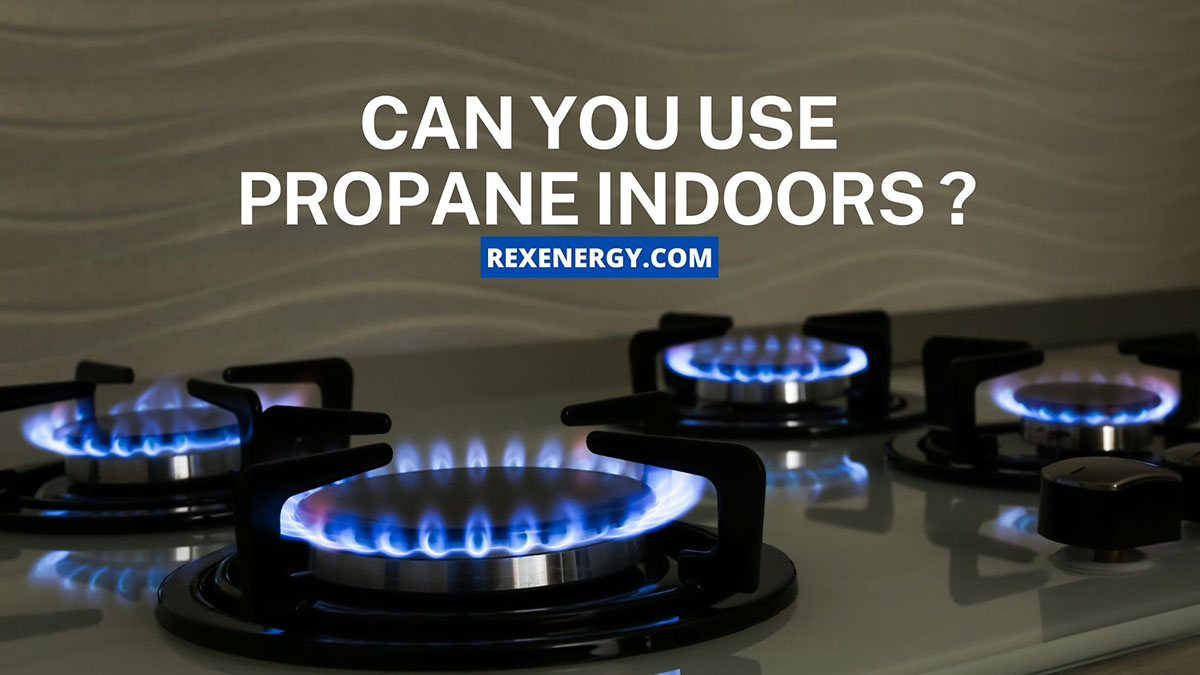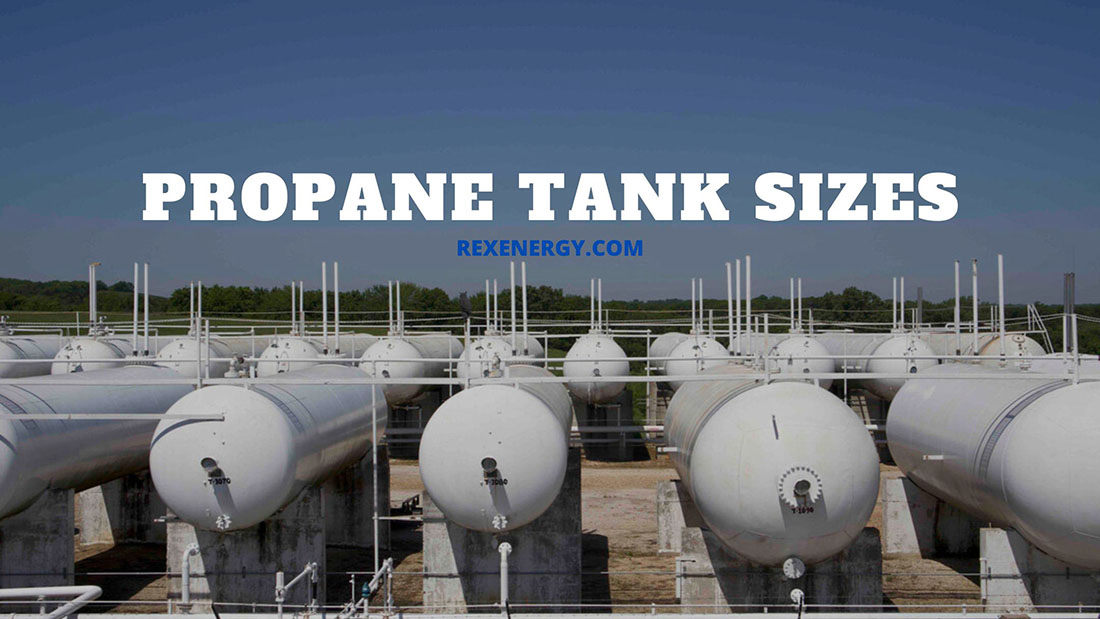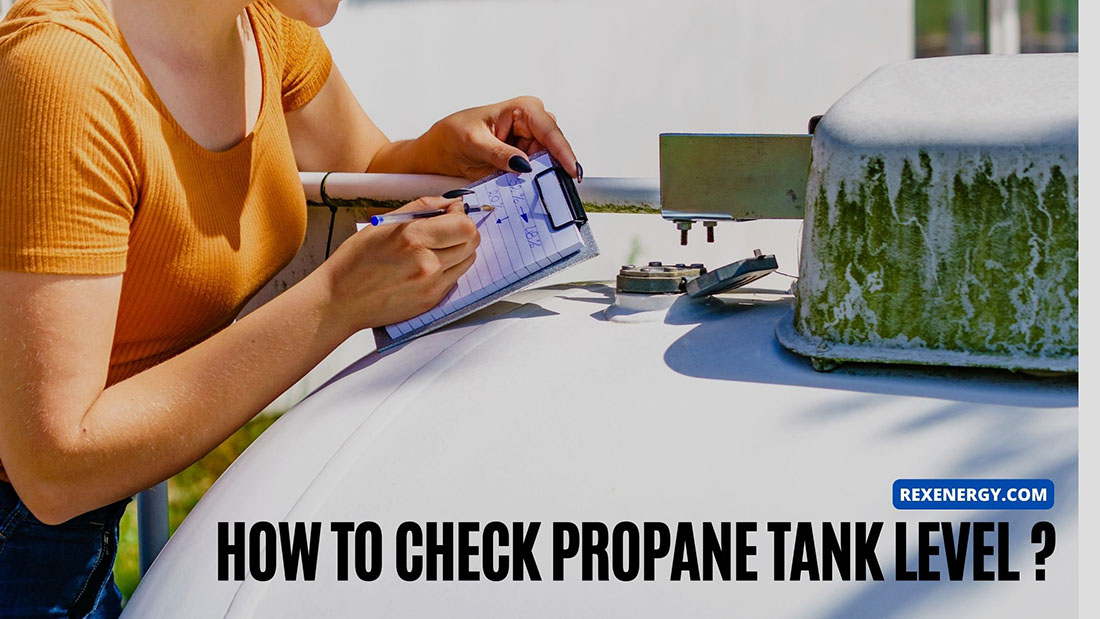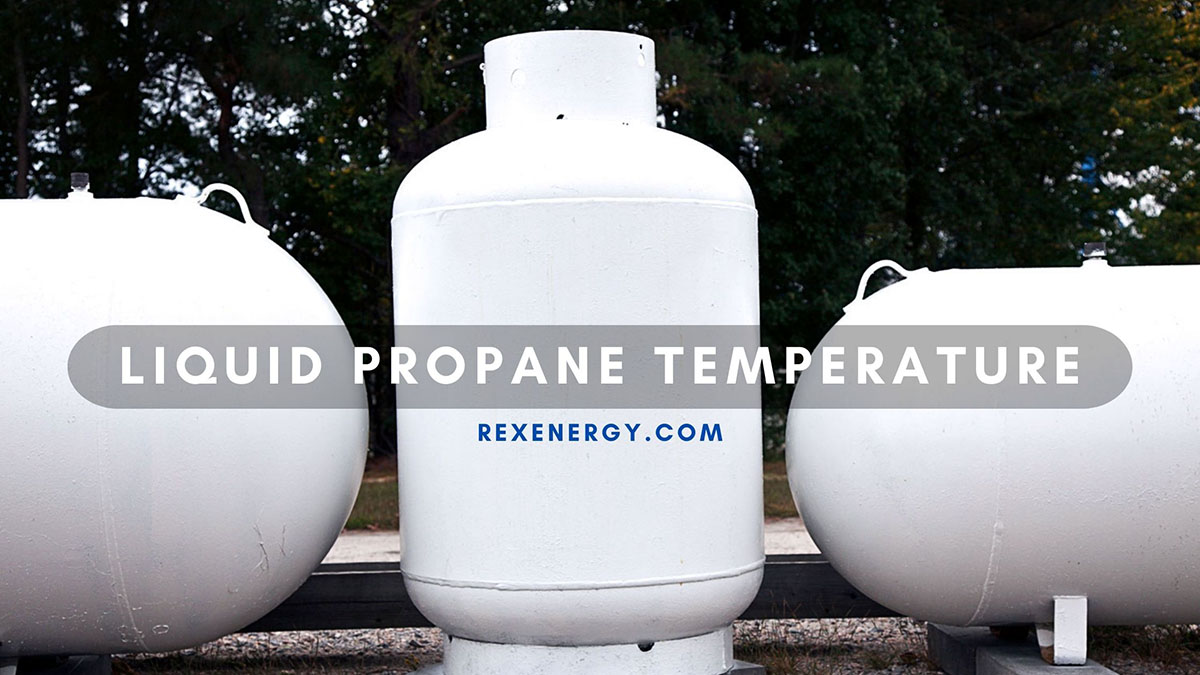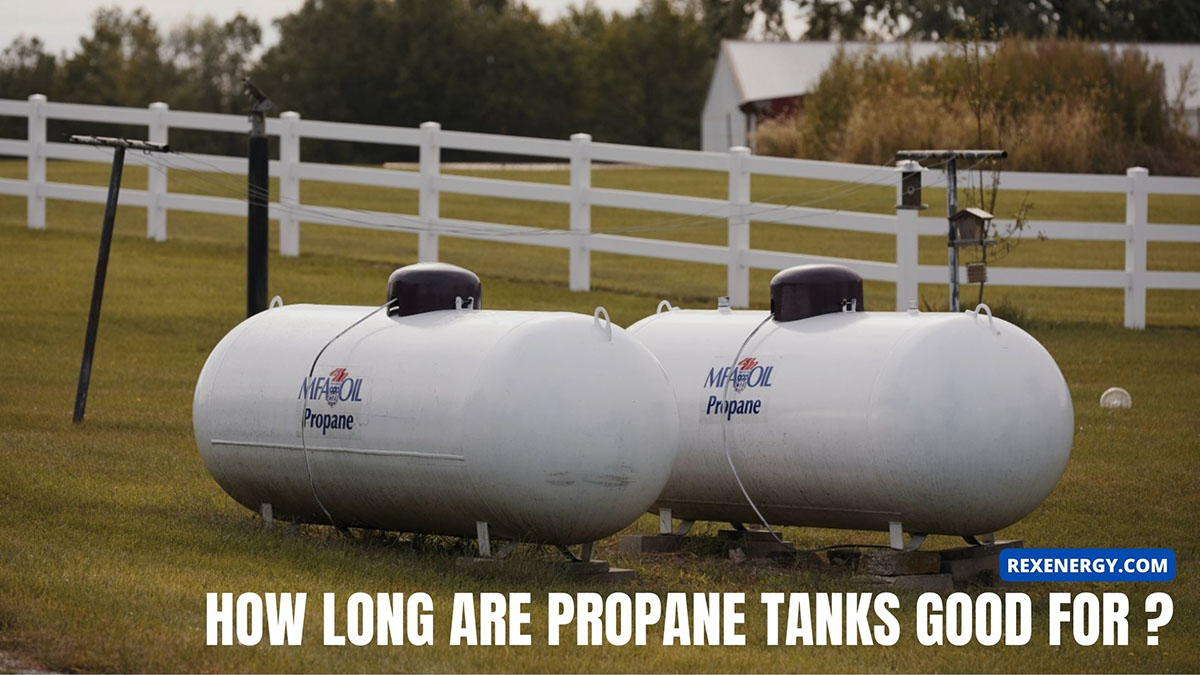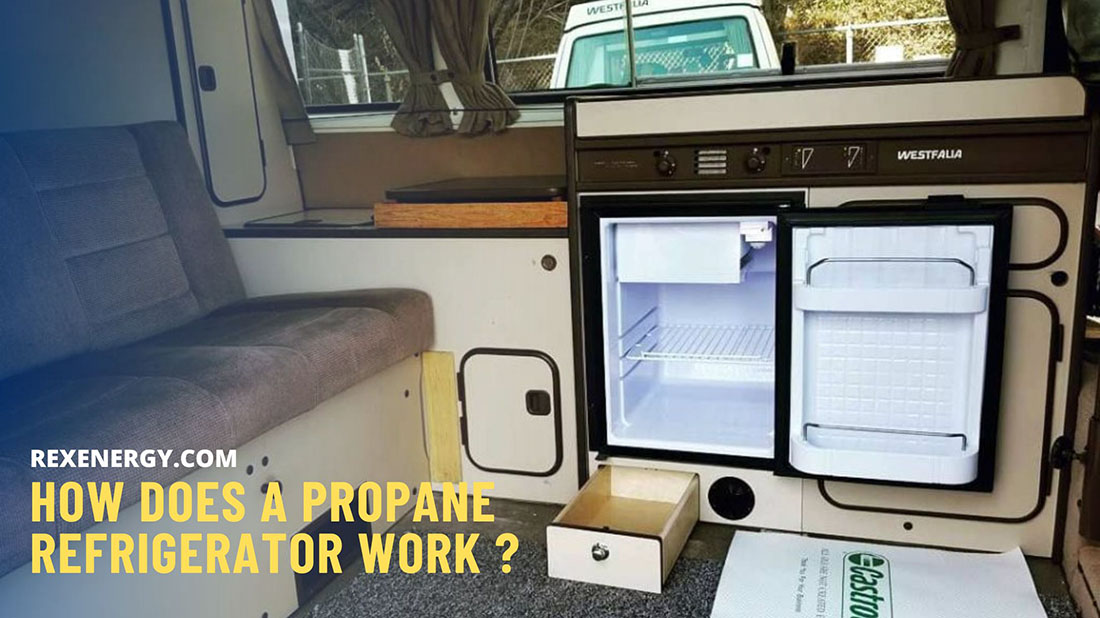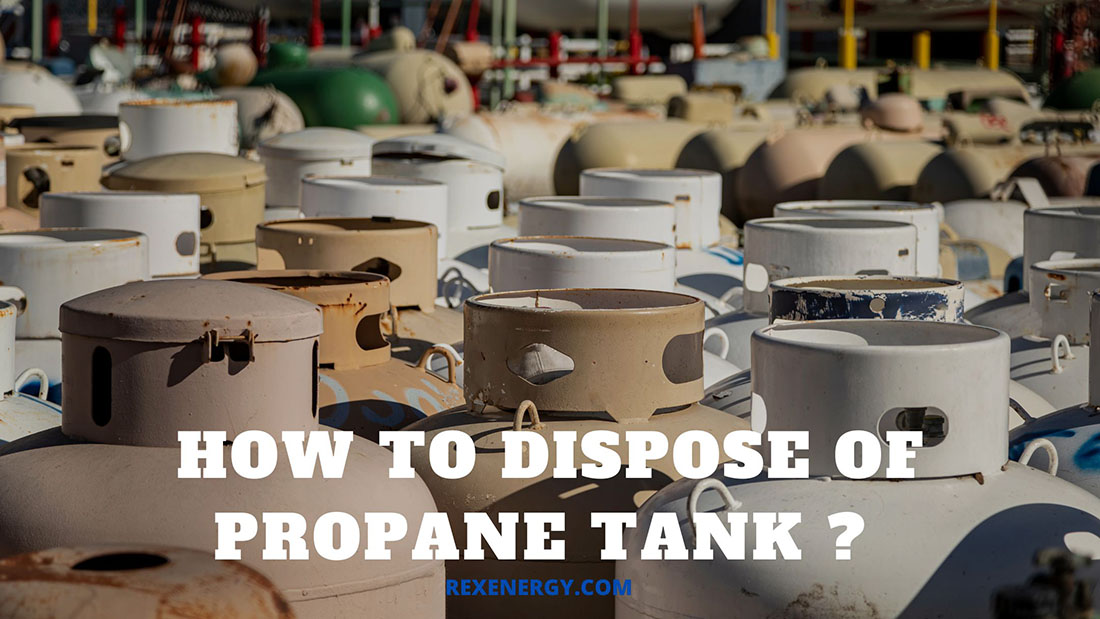Propane has long been recognized as a versatile and efficient fuel source, powering various appliances and equipment for residential and commercial use. However, is propane safe to use indoors?
This question has sparked debates and concerns due to the potential risks associated with its combustion. Dive into this article to gain a comprehensive understanding of propane usage.
Can You Use A Propane Stove Indoors?
Yes, you can use a propane stove for the kitchen indoors with some safety precautions to keep in mind. Always use it in a well-ventilated area and be watchful to prevent explosions and detect carbon monoxide gas. Also, only opt for propane designated for indoor usage.
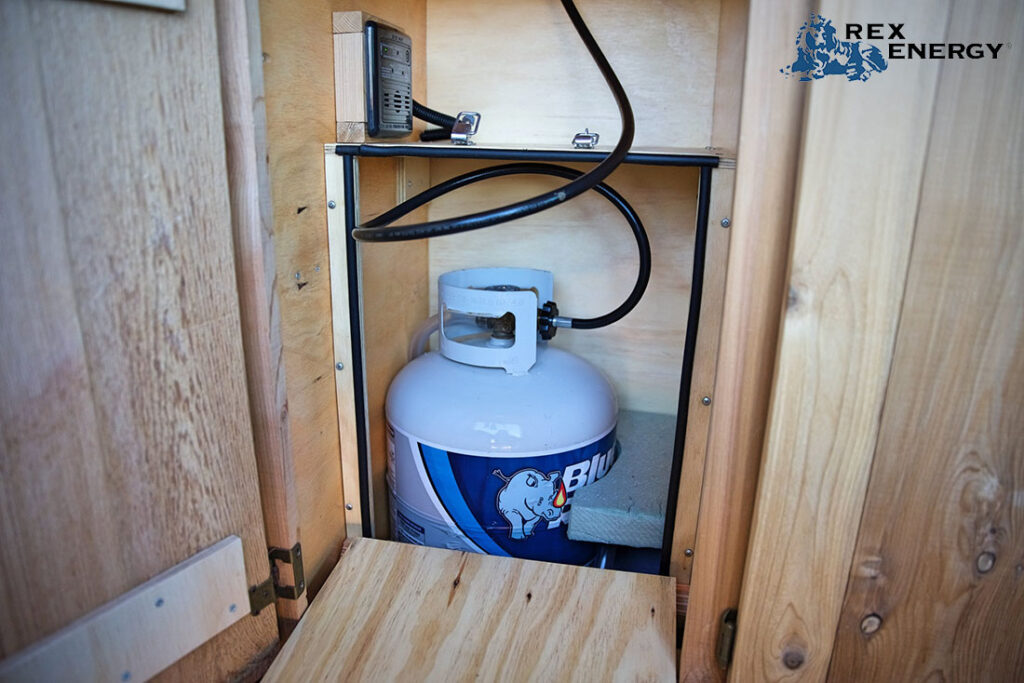
Propane is the top choice for professional chefs since it allows them optimal and consistent control over temperature. The high-octane rating enables the stove to build up heat quickly and cook your food in a shorter time.
Compared to gas or electric stoves, propane stoves boast many competitive edges. For example, propane is considered a clean gas fuel source thanks to its low emission rate, reducing the concern about environmental issues.
Its safety features are also outstanding. Propane features a strong odorant, making it easy to detect leaks. Even when a dangerous situation arises, it’ll be easier to stop the flow of air. You only need to reach the pressure tank and turn it off.
Last but not least, propane is often more cost-effective than other fuel sources. Its efficient combustion and high energy content lower energy costs for residential and commercial use. You can also save quite a bit on maintenance costs thanks to the minimal carbon buildup.
Potential Dangers Of Using Propane Indoors
Insufficient Oxygen Level
When burning, propane draws oxygen from the air. Using propane heaters or stoves in poorly ventilated areas can deplete the oxygen levels. Lack of oxygen can cause drowsiness, dizziness, shortness of breath, and other health issues.
Propane Gas Explodes & Fires
Propane is highly flammable. If there is a leak or improper combustion, a fire or explosion is on the horizon. This risk is heightened in enclosed spaces without proper ventilation, as this fuel can accumulate and reach a dangerous concentration.
Carbon Monoxide Poisoning
An incomplete combustion process of propane can produce carbon monoxide (CO), one of colorless exhaust gasses that is highly toxic. If there is poor ventilation, carbon monoxide buildup can threaten your life.
Remember that the presence of carbon monoxide can kill you in silence. Symptoms of CO poisoning include headaches, dizziness, nausea, and confusion. When your lungs receive too much toxic gas, your body cells gradually die due to lack of oxygen.
Propane Indoors Uses
Stove
Propane is widely used for indoor cooking appliances such as stoves, ovens, and cooktops. These options offer precise temperature control and quick heat-up times, making them popular for professional kitchens and residential settings.
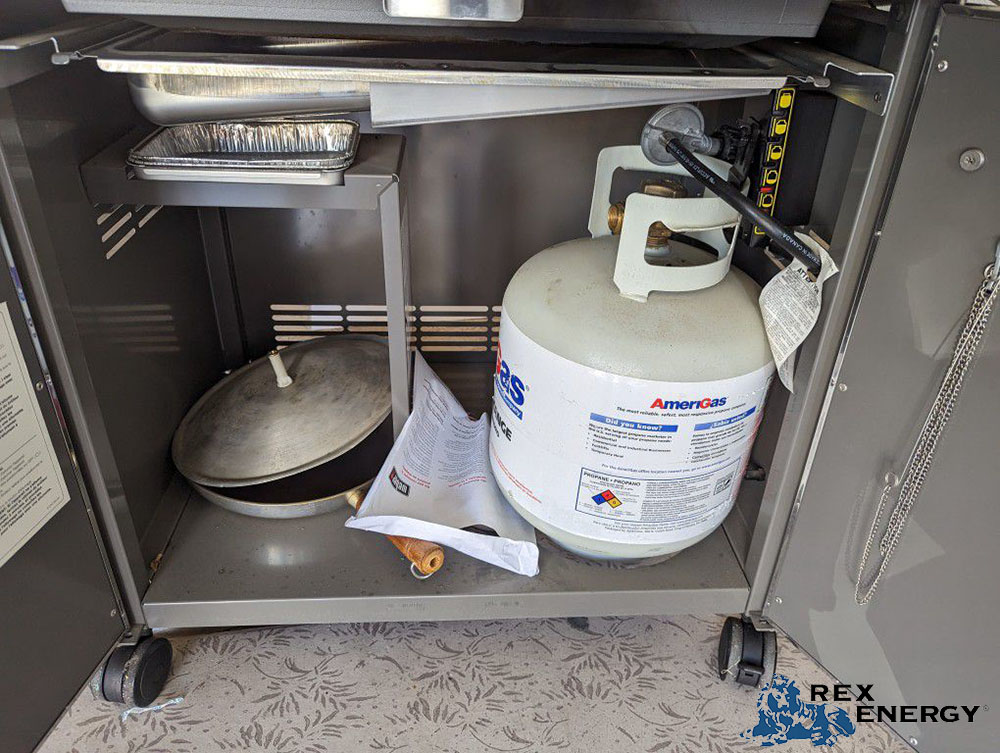
Heaters
People also use propane as a fuel source for indoor heaters. Propane-powered water heaters demonstrate up to 30% superior heating capabilities to gas heaters. This means greater efficiency yet affordable operating costs.
Furnaces
Propane furnaces promise high efficiency from 92 to 96%. Simply, the operation creates little waste and focuses on the main function – warming your home. A plus point of these devices is that they are less likely to cause an electric overload. The long lifespan, from 15 to 20 years, also deserves praise.
Fireplaces
With no ash or sparks flying from burning logs, propane fireplaces supply and stop gas instantly, aligning with your settings. This feature ensures safety and hygiene in your living area. Plus, they provide even heat distribution to a more spacious place. Modern models do not even require venting, allowing for easy installation in various indoor spaces.
Dryers
Propane-powered clothes dryers offer efficient and fast drying. Using these dryers cuts the operating time by 1/4 compared to electric models but still ensures high efficiency.
Safety Precautions To Keep In Mind
Have Adequate Ventilation
Ensure proper ventilation in the area where propane appliances are used. Refer to the kitchen manual and consider the size of your room to set up your appliances accordingly. Open windows or use exhaust fans to boost airflow and remove combustion byproducts. Range hoods also aid in improving clean air circulation.
Invest In Carbon Monoxide Detectors
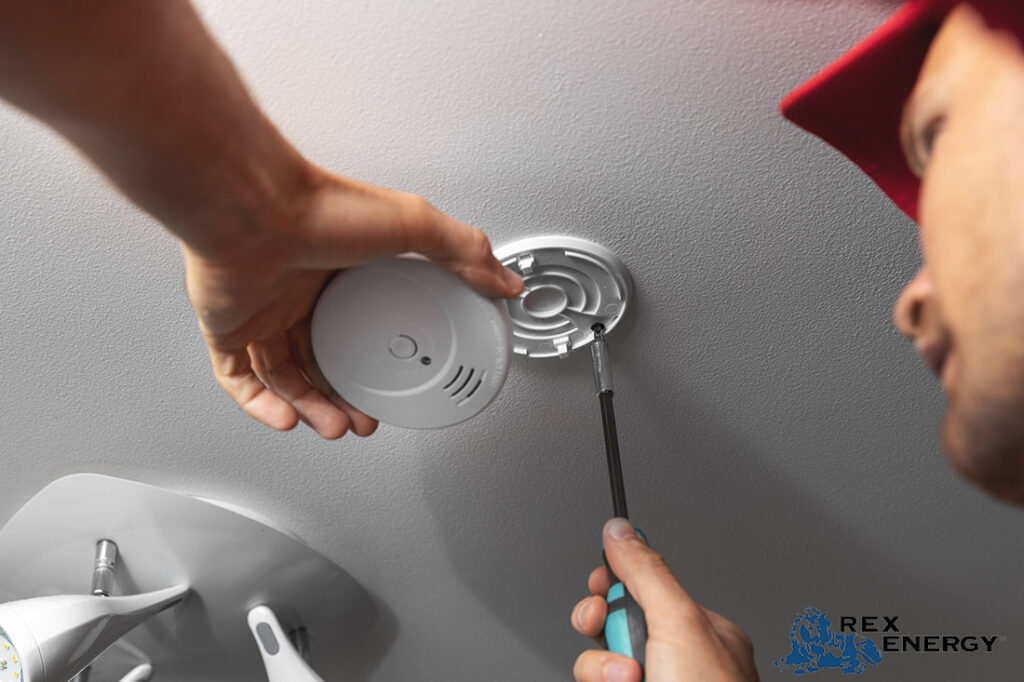
Install carbon monoxide detectors in your living area, especially near your bedroom. Regularly inspect them to ensure they are functioning correctly. Carbon monoxide is colorless, making it difficult to detect without a detector. You need a specialized warning device to act promptly when harmful exhaust fumes appear in your home.
Store Propane Properly
When storing propane cylinders indoors, ensure they are kept in well-ventilated areas away from ignition sources, heat, or flammable materials. Follow proper storage guidelines provided by your propane supplier.
Install Oxygen Sensors
An oxygen sensor is directly connected or integrated into the stove and fireplace. When oxygen drops to a dangerous level, the sensor will automatically shut off your running propane appliance to prevent dangers.
Inspect Your Propane Appliance Annually
Ask a qualified technician familiar with local codes and regulations to install your propane appliances. Additionally, follow the manufacturer’s recommended maintenance schedule and promptly address any issues or leaks. Have appliances serviced by professionals for comprehensive detection.
Cook Fast Meals And Use Small Stoves
Try to reduce your cooking time to produce as little CO2 as possible. It’s not a good idea to cook stewed dishes or those that require prolonged boiling time using a propane stove. Instead, invest in cast iron pans for a stable cooking temperature. Besides, consider small propane stoves that use less fuel. Utilizing smaller propane tanks means a smaller risk of accidents or injuries.
Pay Attention To Signs Of A Propane Leak
Educate everyone in the household about the signs of a propane leak. One of the notable symptoms is the distinct odor, often described as a “rotten egg” smell. A leak may also produce a hissing or whistling sound or cause a visible vapor or fog. If you notice one of these signs, immediately turn off all propane appliances, open windows to ventilate the area, evacuate the premises, and contact emergency services and your propane provider for help.
FAQs
Is Propane The Same As LPG?
Yes, propane is a type of liquefied petroleum gas (LPG). LPG is a generic term that refers to a group of hydrocarbon gasses, including propane, butane, etc.
Which Is Safer, Gas Or Propane?
Propane is slightly safer in handling and storage due to its narrower flammability range.
Is Butane Safer Than Propane?
Butane does have a slightly lower thermal energy output and burns cleaner than propane, so it’s easier and safer to store.
Conclusion
Is propane safe for indoor use? Cooking with propane indoors requires careful consideration of the safety guidelines. While it is a highly efficient and versatile fuel source, it must be handled responsibly to avoid potential risks. Regular inspections, proper ventilation, and awareness of potential hazards are key for safe usage.

